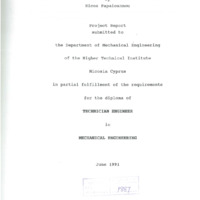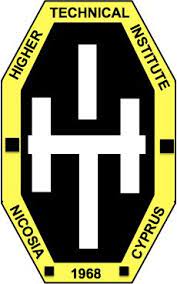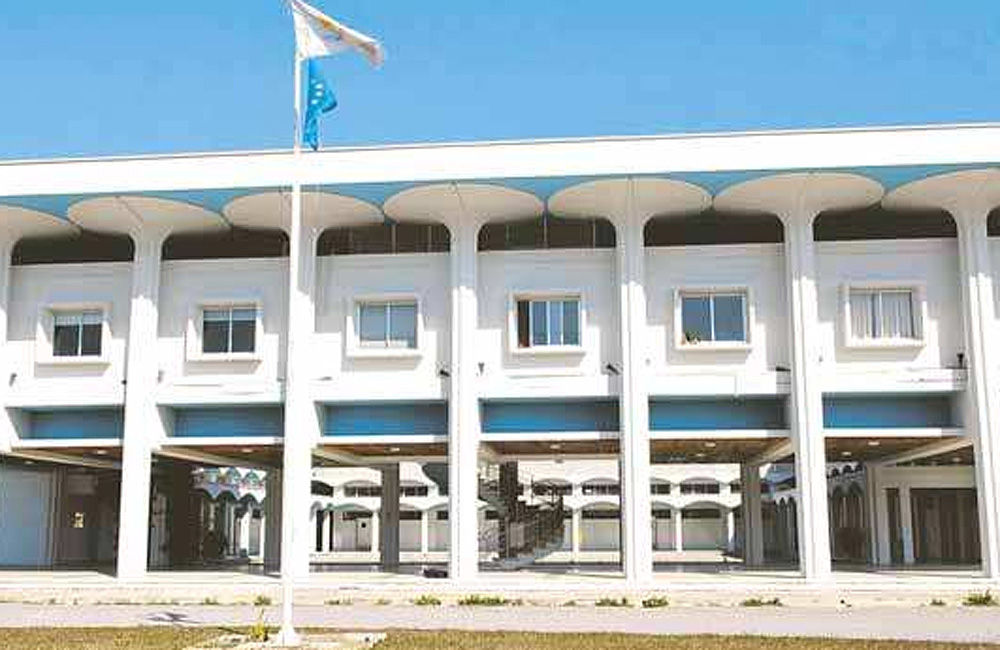Engineering cad developments
- Τίτλος
-
Engineering cad developments
- Θέμα
- Computer-aided design
- Mechanical engineering
- Δημιουργός
-
Papaioannou, Nicos
- Πηγή
- Higher Technical Institute
- Το πλήρες κείμενο είναι διαθέσιμο από το Υπουργείο Ενέργειας, Εμπορίου Βιομηχανίας και Τουρισμού
- Εκδότης
- Library of Cyprus University of Technology
- Ημερομηνία
- 1991
- Συνεισφέρων
- Pattichis, Marios
- Δικαιώματα
- Απαγορεύεται η δημοσίευση ή αναπαραγωγή, ηλεκτρονική ή άλλη χωρίς τη γραπτή συγκατάθεση του δημιουργού και κάτοχου των πνευματικών δικαιωμάτων.
- Μορφή
- Γλώσσα
- eng
- Τύπος
- text
- Αναγνωριστικό
-
MED0125
- Σύνοψη
-
Computer-Aided Design (CAD) is defined as the use of a computer analysis system to assist in the creation, modification, and optimization of a design. The impact of computers on the advancement of engineering knowledge has been considerable and is continuously expanding. The potential benefits of using computers in Mechanical Engineering Design are enormous provided they are used in the most appropriate way.
Many areas of Mechanical Engineering have been computerized and many others will be useful if computerized. Some of these areas are Calculation of heat requirements of heated buildings, determination of optimum economic thickness of insulation, gear design, design of control systems and design of heat exchangers. An extremely powerful method of structural analysis, the Finite Element Method, finds its greatest potential when performed by a computer.
The sub-area of Spur Gear Design was selected for computerization. A version of BASIC, 'Quick Basic', was used for the development of the appropriate software. The main reasons for selecting this version of BASIC were its powerful debugging capabilities and the ability to compile the program into a machine code file. The compiled program runs faster and can be executed directly from DOS without the need to use the BASIC editor.
The design approach used to develop the appropriate software was to get a preliminary size of the gear based on the choice of a face width in the range of three to five times the circular pitch, and then calculate the safety factors guarding against fatigue and surface fatigue failure. The formulas used, were developed by Wilfred Lewis and AGMA (American Gear Manufacturers). The charts and tables which are required during the design process were stored in memory in the form of arrays. Linear interpolation was extensively used throughout the program, for the determination of several design parameters. Extensive error trapping techniques were used to avoid the possibility of exiting to the operating system.
The methodology of computerizing the specific area was determined and the documentation manual (User's manual and Operator's manual) was written. Detailed flowcharts were prepared showing the logic of the design approach so as to enable the user to make changes or improvements to the software, according to his requirements.
- Πολυμέσα
-
 MED0125.pdf
MED0125.pdf
Τμήμα του Engineering cad developments


